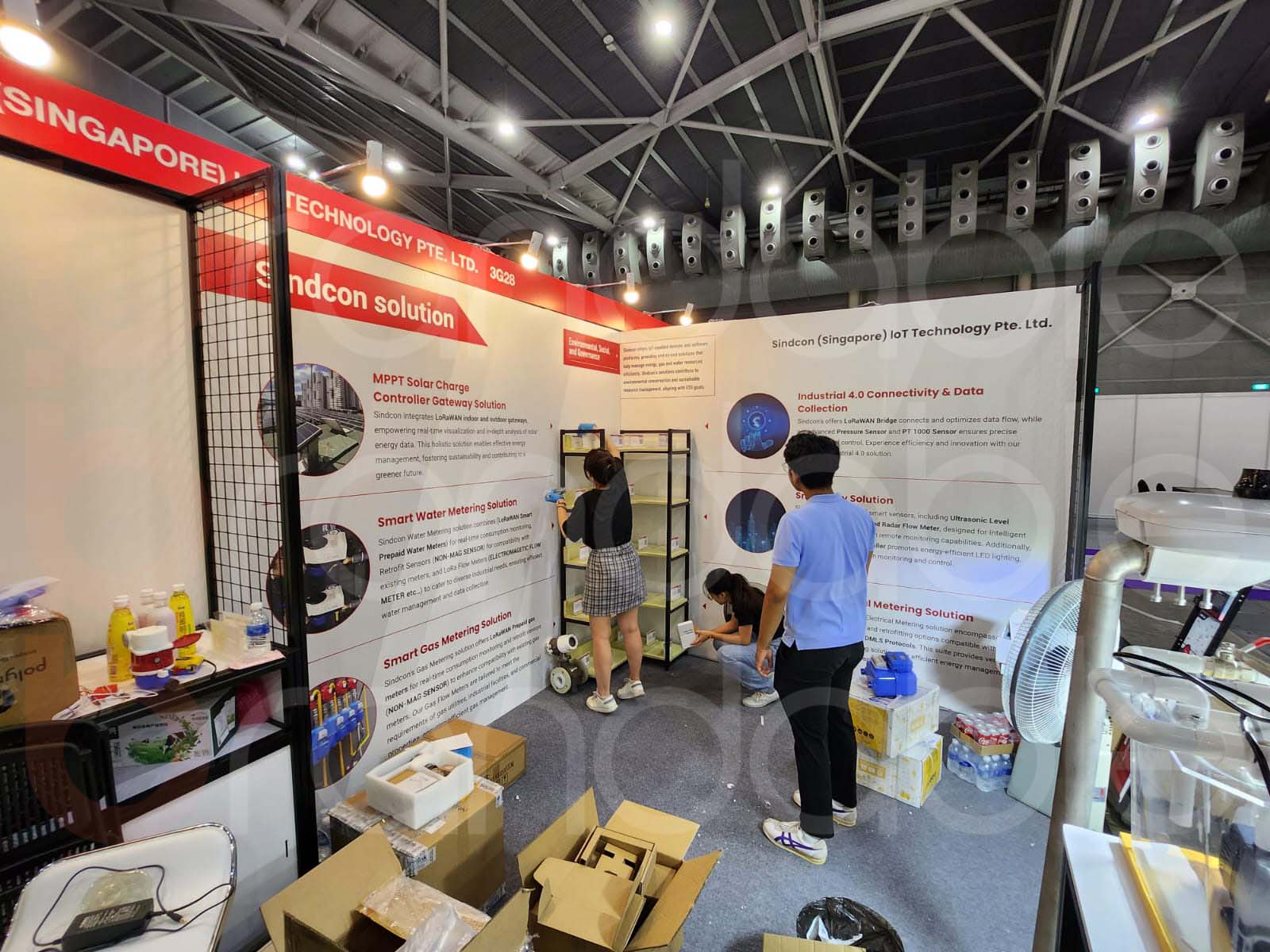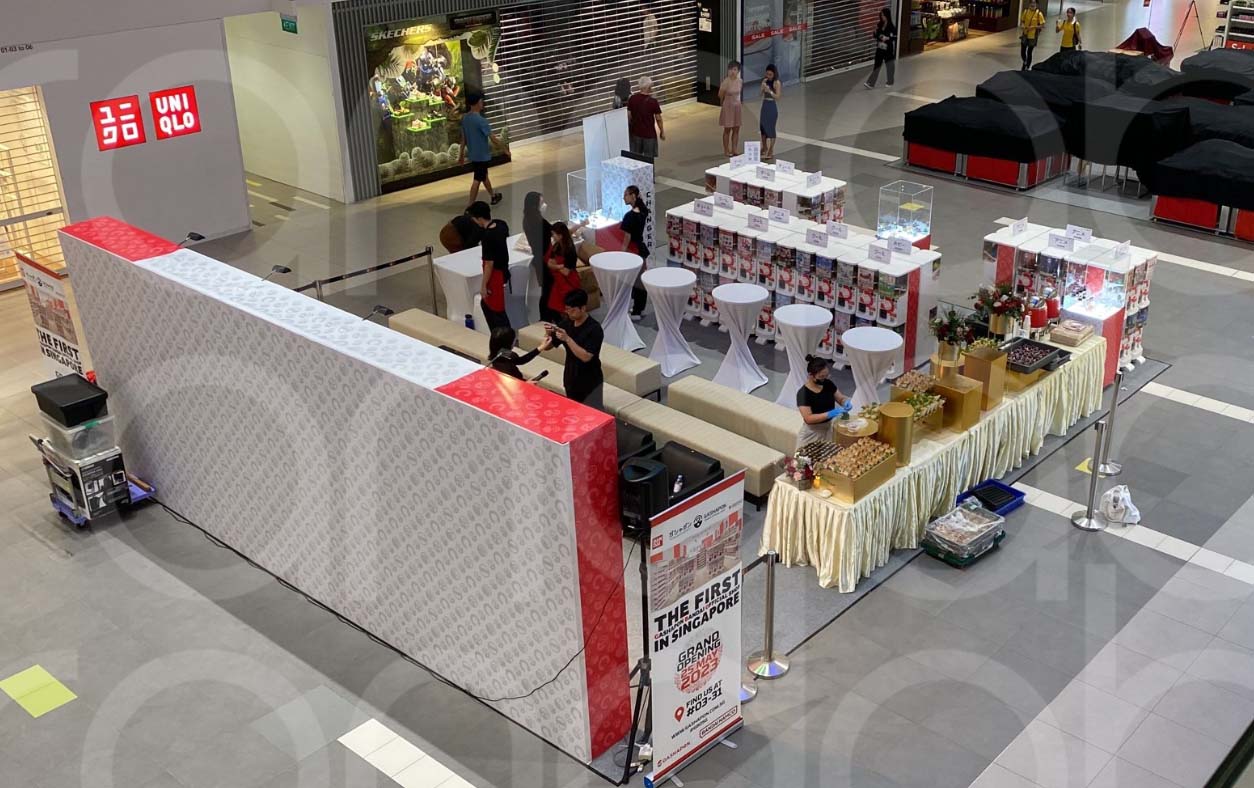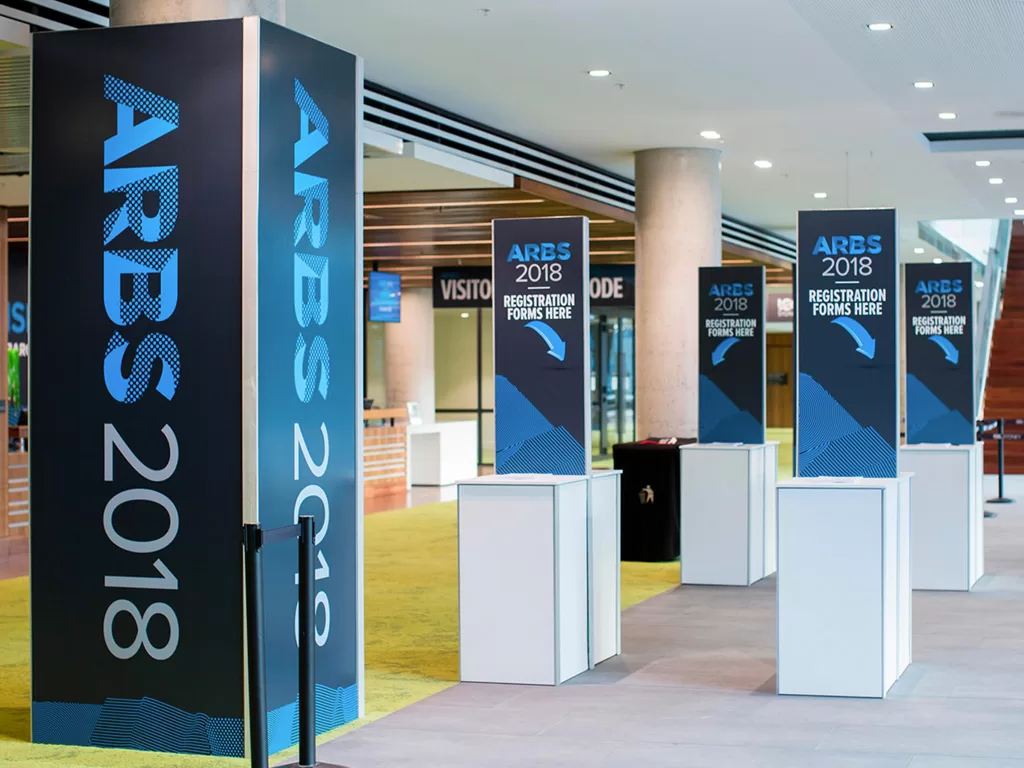Planning an event can be a complex task, and the scale of the event significantly impacts the planning process. Whether you’re organizing a large corporate conference or an intimate social gathering, understanding the differences between big and small events is crucial for successful execution. This guide will help event planners navigate the unique challenges and opportunities of both small and large events.
Understanding the Scope
1. Scale and Complexity
- Big Events: Large events, such as conferences or festivals, typically involve thousands of attendees. They require extensive planning, coordination with multiple vendors, and detailed logistics to ensure smooth operations.
- Small Events: Smaller events, like team-building activities or private dinners, usually involve fewer participants. The planning process is more straightforward, focusing on personalized experiences and more intimate details.
2. Budget Considerations
- Big Events: Larger budgets are often required to cover expenses such as venue rental, catering for hundreds or thousands of people, and high-tech equipment. Budgeting for unexpected costs is also crucial.
- Small Events: Smaller budgets mean fewer costs but also fewer resources. The focus is on creating a memorable experience within a limited financial scope.
Planning and Coordination
1. Venue Selection
- Big Events: Venue selection for large events involves considerations such as capacity, accessibility, and amenities. Venues must be equipped to handle a large volume of guests and provide necessary facilities.
- Small Events: Smaller venues offer more flexibility and can often be customized to fit the event’s theme and requirements. The selection process is less complex, focusing on creating a cozy and inviting atmosphere.
2. Logistics and Operations
- Big Events: Logistics involve detailed coordination with various stakeholders, including security, transportation, and accommodation. Large-scale operations require a well-organized team to manage multiple aspects simultaneously.
- Small Events: Operations are simpler, with fewer logistics to manage. The focus is on ensuring every detail is perfect for a smaller group of attendees.
Marketing and Promotion
1. Reach and Engagement
- Big Events: Promotion for large events involves widespread marketing through multiple channels, including social media, email campaigns, and traditional advertising. The goal is to reach a broad audience and maximize attendance.
- Small Events: Marketing efforts are more targeted, often relying on word-of-mouth, personalized invitations, and local promotions to engage a specific audience.
2. Brand Visibility
- Big Events: Branding opportunities are significant, with options for large-scale sponsorships, extensive media coverage, and prominent display of brand messages.
- Small Events: Branding is more subtle but can be effectively integrated through personalized touches and direct engagement with attendees.
Execution and On-the-Day Management
1. Staff and Volunteers
- Big Events: Managing a large team of staff and volunteers is essential for smooth execution. Training and coordination are key to ensuring everyone understands their roles and responsibilities.
- Small Events: Fewer staff members are required, making management more manageable. Roles can be more flexible, and personal interaction with guests can enhance the experience.
2. Attendee Experience
- Big Events: Creating a memorable experience for a large number of guests involves attention to detail, such as crowd management, entertainment, and ensuring high-quality service throughout the event.
- Small Events: Focus on providing a personalized and intimate experience. Direct interactions and customized touches make a significant impact on attendee satisfaction.
Follow-Up and Evaluation
1. Feedback Collection
- Big Events: Collecting feedback from a large audience can be challenging but provides valuable insights for future events. Surveys, focus groups, and data analysis are essential for understanding attendee experiences.
- Small Events: Feedback collection is more manageable and can be done through direct conversations or simple surveys. Immediate responses and personal feedback can be easily integrated into planning.
2. Post-Event Analysis
- Big Events: Post-event analysis involves evaluating overall success, including financial performance, attendee satisfaction, and logistical effectiveness. Detailed reports help in assessing the event’s impact and areas for improvement.
- Small Events: Analysis is focused on specific aspects such as guest satisfaction and event execution. The feedback loop is shorter, allowing for quicker adjustments and improvements.
Plan Your Next Event with Brandable
For professional event management and innovative solutions, visit Brandable’s Event Management Services or Contact Us to discuss your needs. Explore how our expertise can help you deliver exceptional events, whether big or small.






